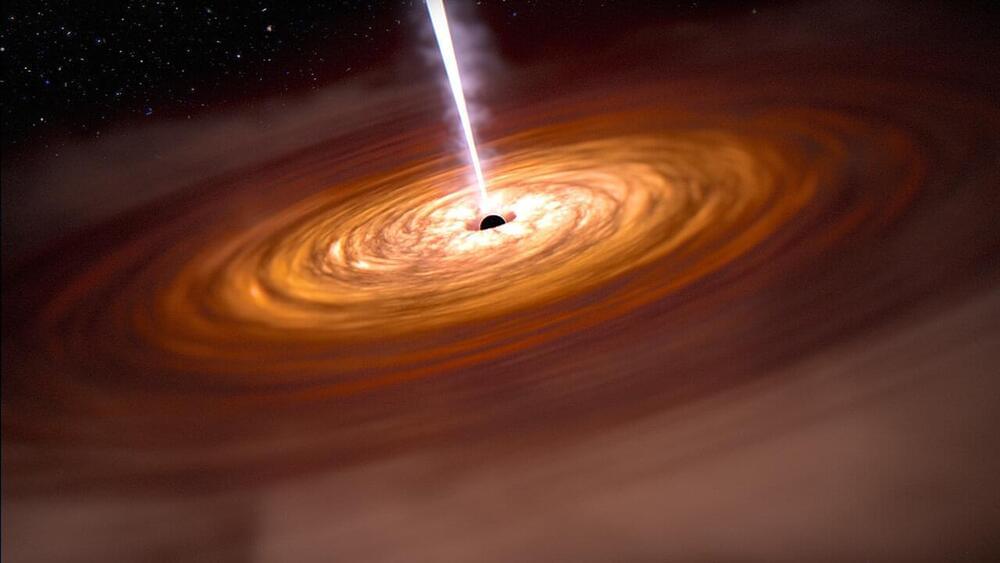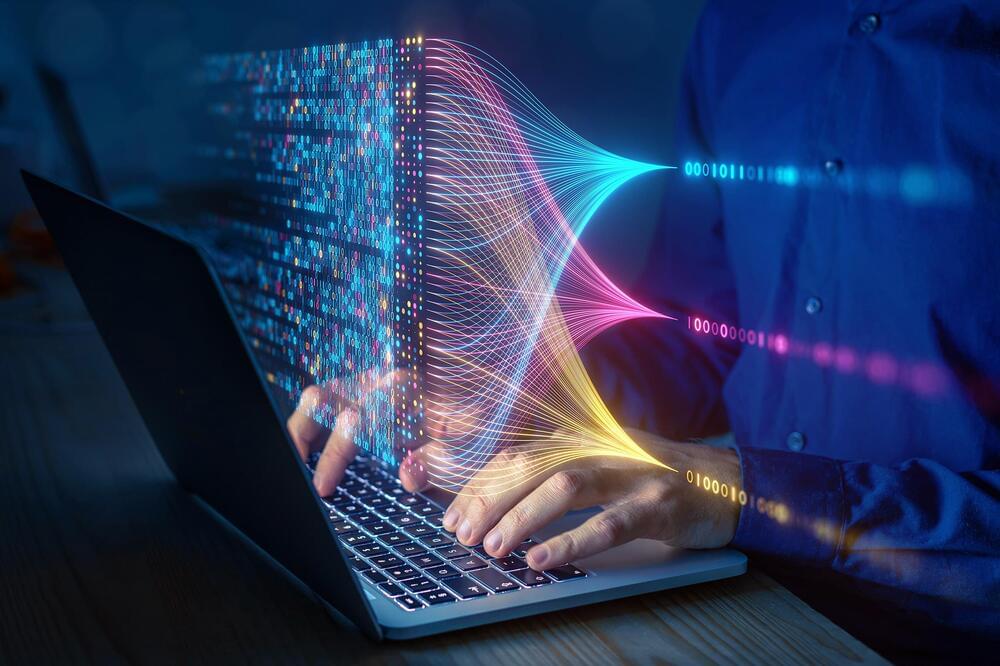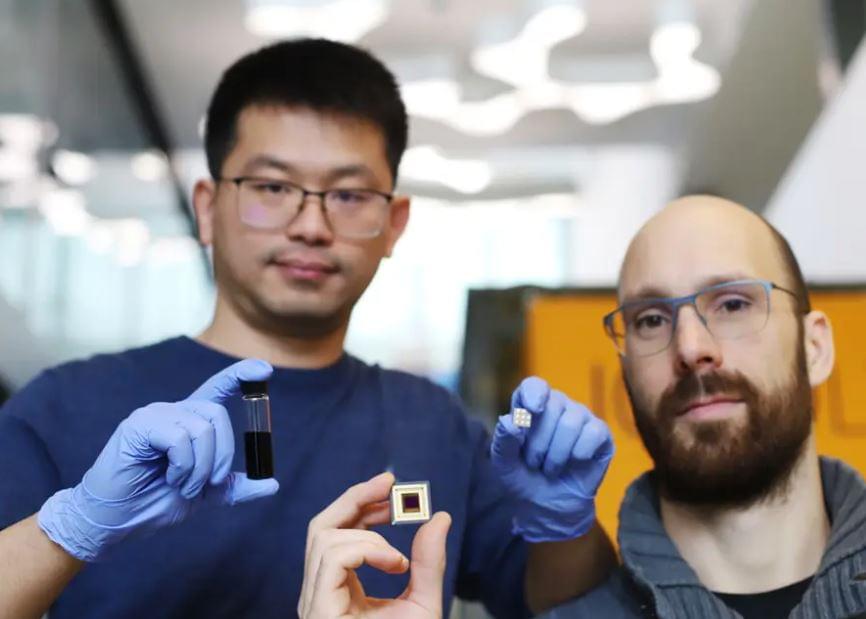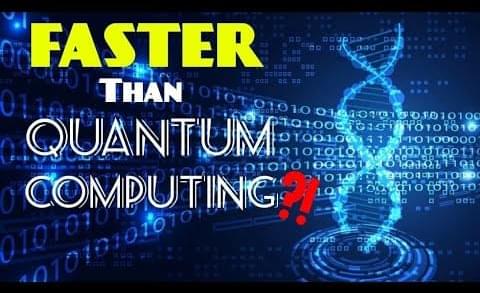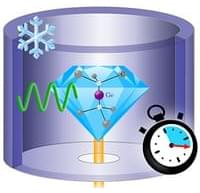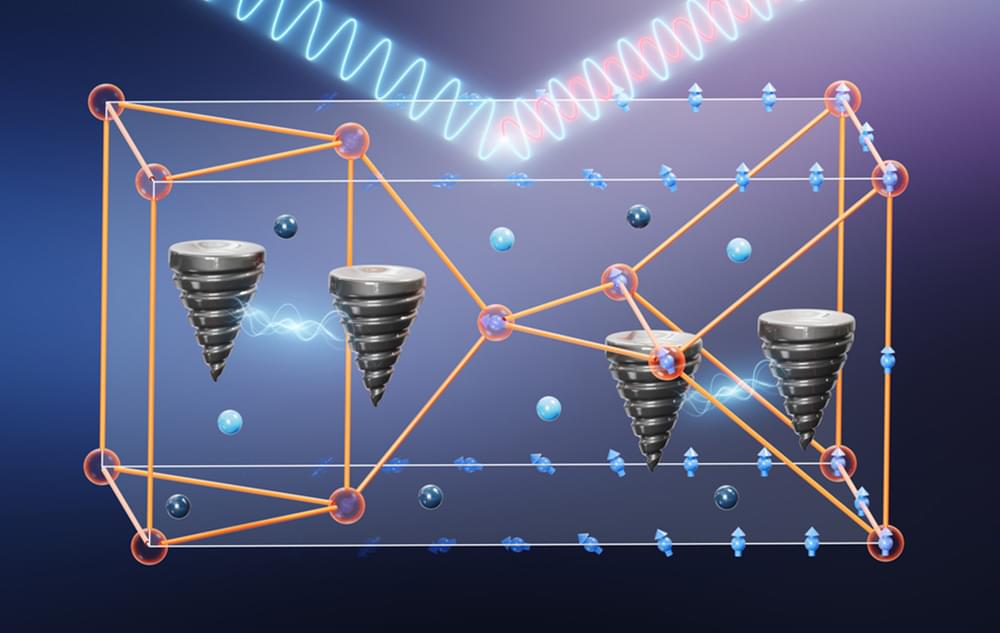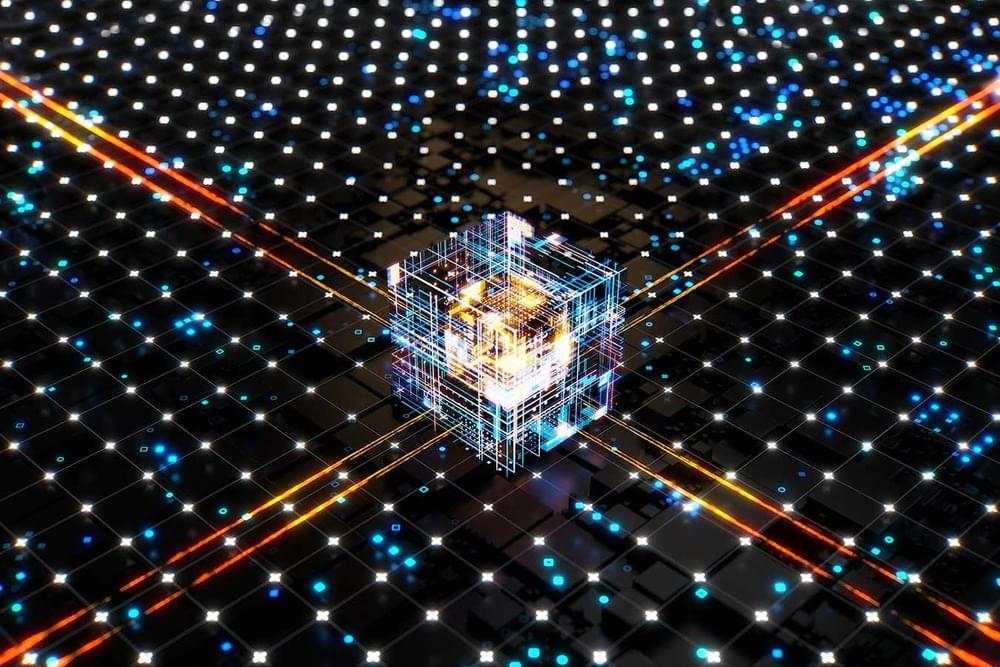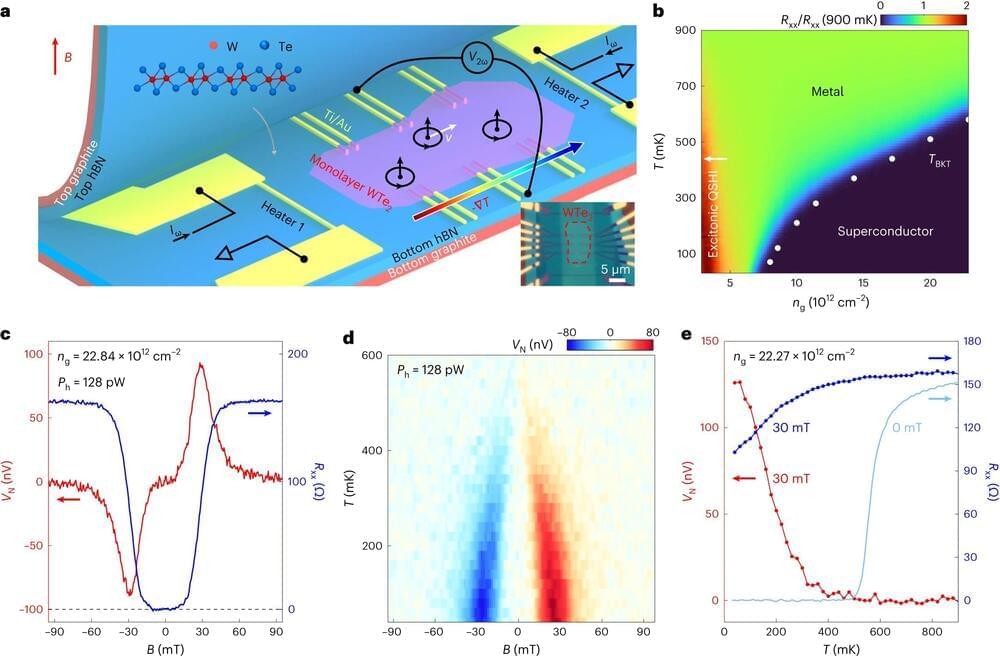Jan 15, 2024
Saturday Citations: The Dark Energy Survey; the origins of colorblindness; the evolution of heads
Posted by Dan Breeden in categories: cosmology, quantum physics
The Dark Energy Survey took an entire decade to produce a value for the cosmological constant—and it’s smaller than you might think! There were other stories as well, including one about primeval black holes, and because I am inescapably drawn by the relentless gravity of black hole news, it’s included below, along with two other stories related in one way or another to heads.
Dogs’ primary sense is olfactory, and if their visual perception flags something interesting in the environment, the first thing they do is stick their cute little noses in it. But the opposite is true for humans; we are able to perceive millions of colors, but only a fraction of the olfactory stimuli dogs are usually way too engaged with.
If you smell natural gas in your house, you go looking for the source with your cute little retinas and their super-dense constellation of photoreceptive cells to determine that one of the gas knobs on the stove is open. Researchers at Johns Hopkins University grew retinal organoids in a lab to determine how human visual perception develops.
